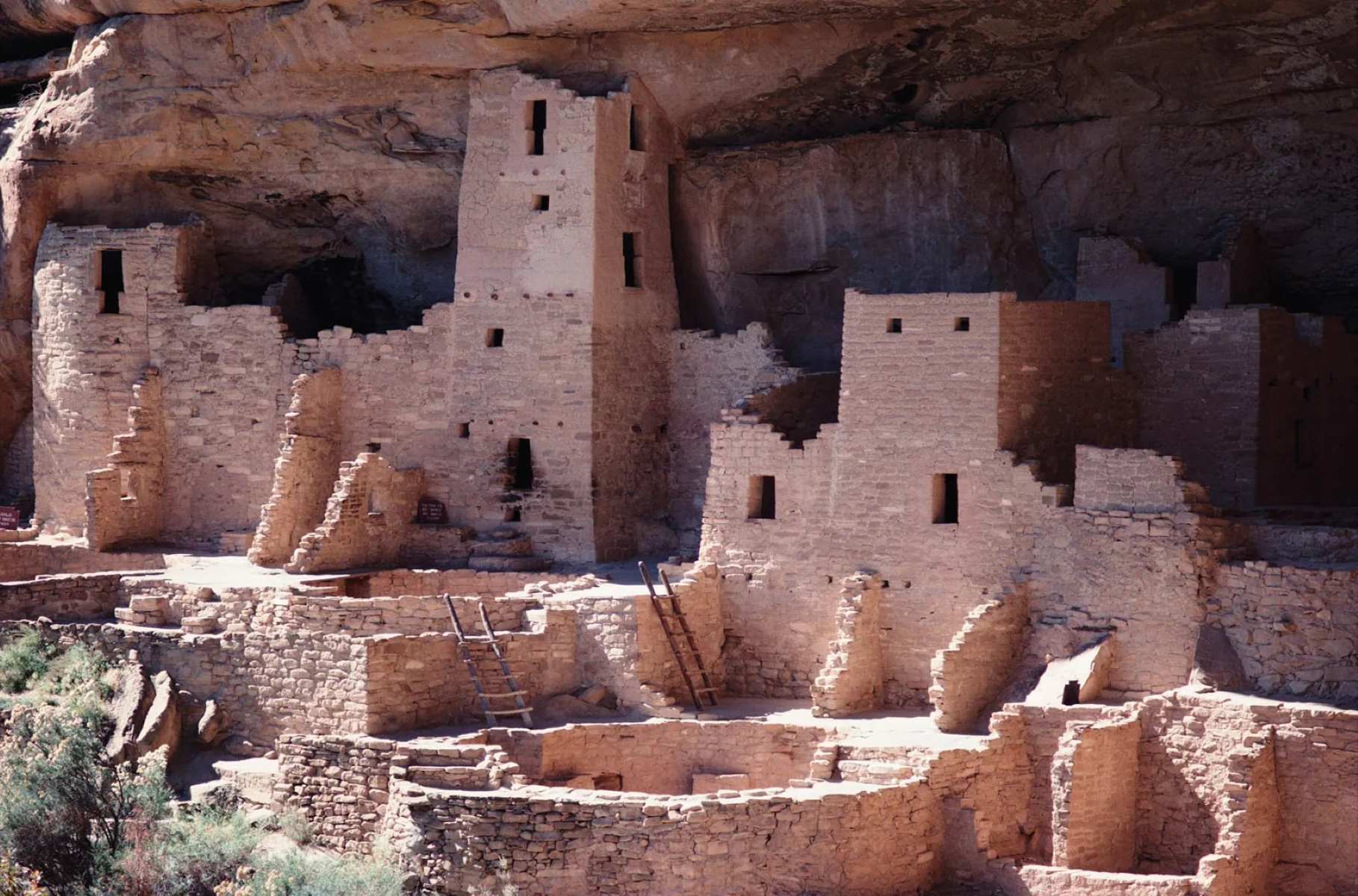Hidden Puebloan Ruins Of The Southwest

Have you ever wondered about the hidden Puebloan ruins of the Southwest? These ancient sites, scattered across New Mexico, Arizona, Colorado, and Utah, offer a glimpse into the lives of the Ancestral Puebloans. Imagine walking through the remnants of cliff dwellings, ceremonial kivas, and intricate stone structures. Each site tells a story of a civilization that thrived for centuries before mysteriously abandoning their homes. Whether you're a history buff or just love exploring, these ruins provide a unique adventure. Ready to uncover the secrets of the Southwest? Let's dive into the fascinating world of Puebloan ruins.
Ancient Puebloan Ruins You Must Visit
The American Southwest holds secrets of ancient civilizations. Hidden among the deserts and canyons are the remnants of the Puebloan people. These ruins tell stories of a time long past, offering a glimpse into their lives, culture, and architecture.
Mesa Verde National Park
Mesa Verde National Park in Colorado is a treasure trove of ancient cliff dwellings. This park preserves the history of the Ancestral Puebloans who lived here for over 700 years.
- Cliff Palace: The largest cliff dwelling in North America, Cliff Palace boasts 150 rooms and 23 kivas. It’s a marvel of ancient engineering.
- Balcony House: Accessible only by climbing a 32-foot ladder, Balcony House offers a thrilling adventure and a peek into the past.
- Spruce Tree House: One of the best-preserved sites, Spruce Tree House has 130 rooms and eight kivas, providing a comprehensive look at Puebloan life.
Chaco Culture National Historical Park
In New Mexico, Chaco Culture National Historical Park stands as a testament to the architectural prowess of the Chacoans. This site was a major center of Puebloan culture between AD 900 and 1150.
- Pueblo Bonito: The largest and most famous great house in Chaco Canyon, Pueblo Bonito had over 600 rooms and was four stories high.
- Chetro Ketl: Known for its massive size, Chetro Ketl covers more than three acres and features a large central plaza.
- Casa Rinconada: This great kiva is one of the largest ever built, showcasing the ceremonial importance of Chacoan culture.
Bandelier National Monument
Bandelier National Monument in New Mexico offers a unique blend of natural beauty and ancient ruins. The monument protects over 33,000 acres of rugged canyon and mesa country.
- Frijoles Canyon: Home to numerous cliff dwellings, Frijoles Canyon is a must-see for anyone interested in ancient cultures.
- Tyuonyi: This large pueblo once had over 400 rooms and housed hundreds of people. Its circular layout is a distinctive feature.
- Long House: Stretching along the canyon wall, Long House features petroglyphs and remnants of multi-story dwellings.
Canyon de Chelly National Monument
Located in Arizona, Canyon de Chelly National Monument is a living community that has been continuously inhabited for nearly 5,000 years. The canyon walls hold stories of the ancient Puebloans.
- White House Ruin: Named for the white plaster that once covered its walls, White House Ruin is one of the most accessible and photographed sites in the canyon.
- Antelope House: Known for its striking petroglyphs of antelope, this site offers a glimpse into the artistic side of the Puebloans.
- Mummy Cave: This impressive ruin features two large caves and a central tower, believed to have been a significant ceremonial site.
Hovenweep National Monument
Hovenweep National Monument, straddling the Utah-Colorado border, is home to six prehistoric villages built between AD 1200 and 1300. The towers and structures here are unique and mysterious.
- Square Tower Group: The largest collection of structures at Hovenweep, this group includes the iconic Square Tower, perched on the edge of a canyon.
- Holly Group: Known for its Holly Tower, which sits on a large boulder, this group offers stunning views and a sense of solitude.
- Hackberry Group: Featuring a variety of structures, including a D-shaped building, the Hackberry Group provides insight into the daily lives of the Puebloans.
Aztec Ruins National Monument
Despite its name, Aztec Ruins National Monument in New Mexico was built by the Ancestral Puebloans. This site offers a well-preserved glimpse into their world.
- Great Kiva: The reconstructed Great Kiva is a highlight, showcasing the ceremonial heart of the community.
- West Ruin: This massive structure includes over 400 rooms and is a testament to the architectural skills of the Puebloans.
- Hubbard Tri-Wall Site: Unique for its three concentric walls, this site is a rare example of Puebloan architectural innovation.
Discovering the Past
Exploring the hidden Puebloan ruins of the Southwest offers a unique glimpse into ancient civilizations. These sites, like Chaco Canyon and Mesa Verde, reveal the ingenuity and culture of the Puebloan people. Walking through these ruins, you can almost feel the history come alive. The intricate stonework, kivas, and cliff dwellings tell stories of a time long past.
Visiting these ruins isn't just about seeing old structures. It's about connecting with a rich heritage and understanding how these communities thrived in such harsh environments. Each site has its own story, waiting to be uncovered by curious travelers.
So, next time you're in the Southwest, take a detour to these hidden gems. You'll leave with a deeper appreciation for the Puebloan culture and the incredible history etched into the landscape.

